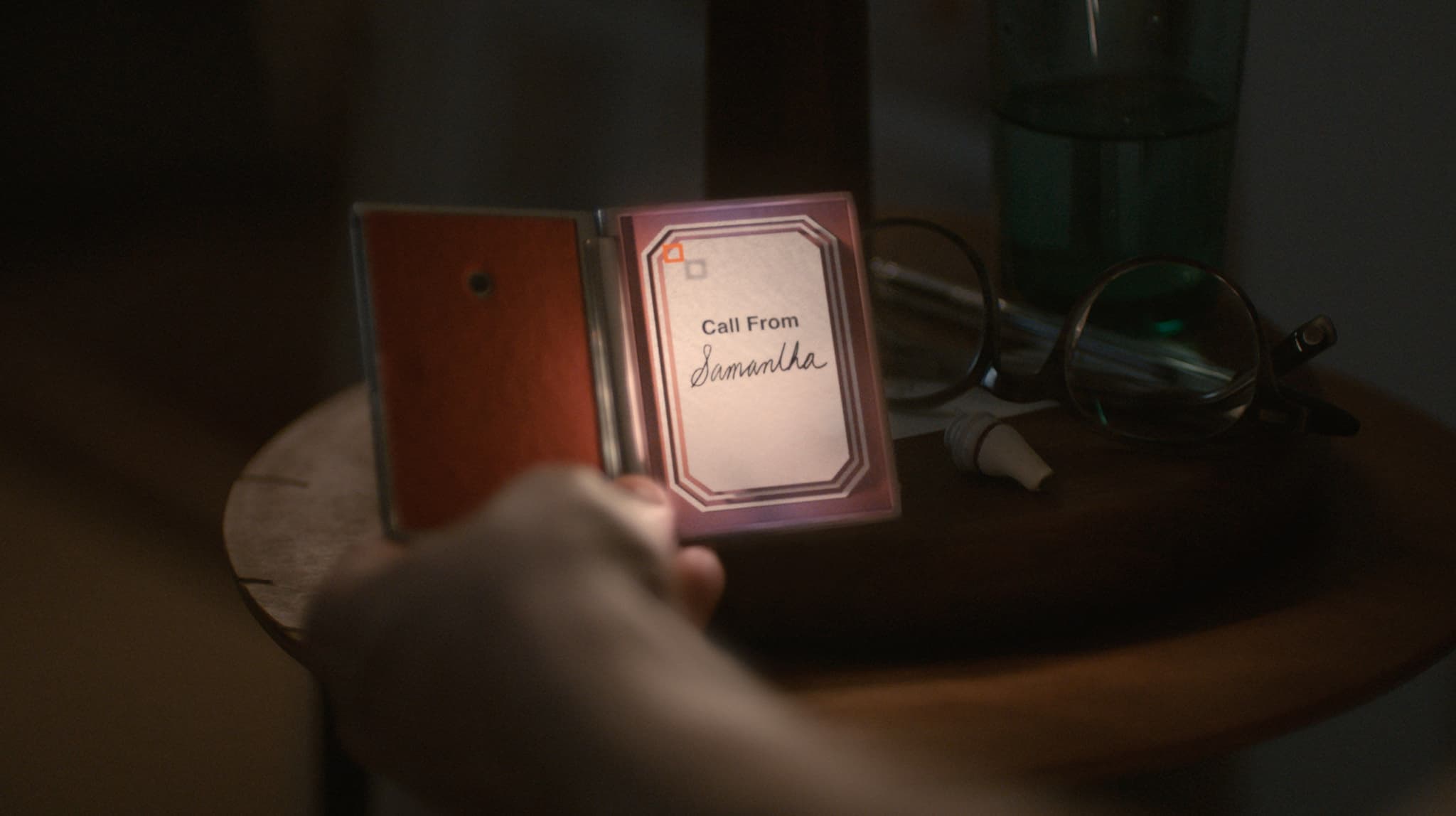To date, the promises of AI have largely remained unfulfilled. 2016's cast of artificial characters—Siri, Cortana, Alexa—are still glorified chatbots, summoned only when we remember to check the weather, or when we need a gimmick at a house party.
Real artificial intelligence—the kind that thinks; the kind that feels; the kind that observes; the kind you might fall in love with if you're not careful—is still a developer's daydream. Meanwhile, the AI we do have seem trapped in the same cycle of incremental evolution as the devices they inhabit.
And perhaps that's exactly the problem. Maybe AI isn't supposed to be an app on a smartphone, or a software program on a speaker. Maybe it demands a dedicated device. Maybe it deserves its own body—not a humanoid body, of course, but a practical one; a body that allows it to integrate meaningfully and unobtrusively into your life.
The best example of this kind of device is probably 'Samantha,' the Scarlett Johansson-voiced companion bot that turned Joaquin's Phoenix's life upside down in Spike Jonze's Her. Samantha felt real. For all intents and purposes, she was real—the promise of AI fulfilled. She talked like we talked; felt like we felt; loved like we loved.
Of course, today's AI are nowhere near Samantha's level. Even our best iterations are still learning how to read and write. Surely we must be decades away from technology of this caliber. Surely we must sit and wait while Apple and Amazon teach Siri and Alexa to grow up—right?
Nathan Ross and Dan Gailey don't think so.
In fact, they believe their company can pluck Samantha right out of Hollywood and put her into your hands (or your left breast pocket, at least). Their plan? Build a brand new kind of mobile device—build, what they call, a brand new category of mobile device—and convince the world they need to carry it around with them.
Meet Asteria. It's a hardware device host and interface to your personal artificial intelligence bot. It's built small—24 mm x 78 mm—to seamlessly become part of your everyday life. It's GNU/Linux-based to take advantage of distributed multi-processing. And the team notes that it's packed with a variety of sensors—camera, wifi, bluetooth, GPS, accelerometer, compass, microphone array—to learn who and what you are.
From there, the sky's the limit.
Ross and Gailey state that Asteria is extensible, which means the community can develop for both the hardware and software. The back-end was built from the ground up to integrate and accommodate bot marketplaces, machine learning models, smart contracts, and even blockchain transactions. In fact, it will mine its own proprietary cryptocurrency for you while it charges—paying for itself in the process.
Community involvement is an essential part of what Ross and Gailey are trying to do with Asteria—it takes a village to beat a turing test, after all. They envision a number of challenges developers might tackle early on—speech analysis, voice modulation, habit learning, and data modeling, to name a few.
They want Asteria to know you, and your relationships. They want it to make informed recommendations based on the thing you say, the places you go, and the habits you form. They want it to track your health and wellbeing 24 hours a day. They even want it to help you identify opportunities to make a quick buck on the go (sharing economy, anyone?).
The team asserts that all of this simply wouldn't be possible on an existing device. "Building a new device allows Asteria’s AI to fit the needs of the user as a truly immersive experience, allowing people to not think of this as a phone or camera, but as something far more profound," Ross explained.
If they have their way, and if the developer community bites, they may just be on the way to realizing their vision. But even if they do, don't expect Samantha right out of the box. Asteria is only building the foundation for what it believes is a viable means of achieving true, personal artificial intelligence.
It's up to all of us to make it human.
Asteria are launching a limited preorder for their pocket-sized AI, which is still in development. The company hopes to ship the first units to developers in Spring 2017. In the meantime, you can subscribe to their newsletter for updates.
Share This Article
